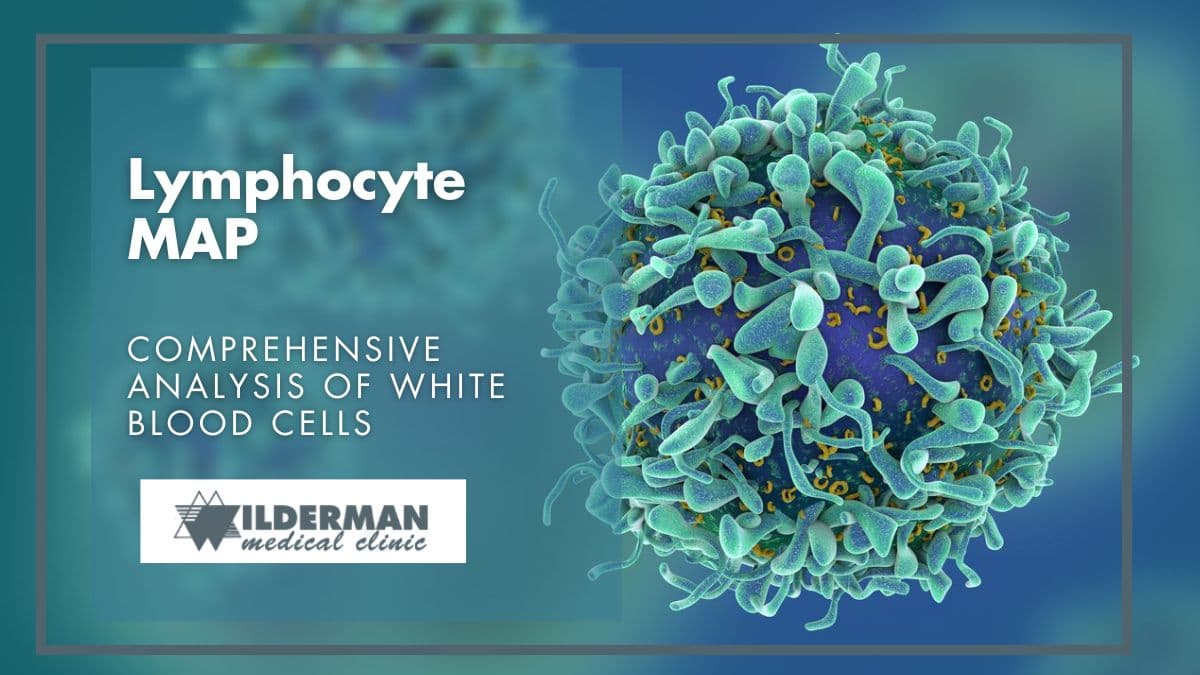Pulsed Radiofrequency (PRF) for Chronic Pain Relief: Harnessing Electromagnetic Waves for a Better Life

Living with chronic pain can be a relentless struggle, impacting every aspect of daily life.
Traditional treatments may provide limited relief, leaving many searching for alternative solutions. Pulsed Radiofrequency (PRF) has emerged as a revolutionary non-invasive procedure that offers hope to individuals suffering from chronic pain.
Understanding pulsed radiofrequency (PRF) for chronic pain relief
Pulsed Radiofrequency involves using electromagnetic waves to interrupt pain signals from affected nerves without causing any permanent damage.
Unlike continuous radiofrequency, which applies heat to nerve tissue, PRF uses intermittent electrical pulses to modulate the nerves involved in transmitting pain signals to the brain.
Chronic pain often results from conditions such as neuropathy, arthritis, or post-surgical complications, leading to altered nerve signaling and amplified pain perception. PRF aims to disrupt these abnormal pain signals, providing relief and restoring a sense of normalcy to patients’ lives.
History of radiofrequency for chronic pain relief
The origins of radiofrequency for pain relief can be traced back to the early 20th century when it was used in surgical procedures. In the 1960s, the concept of using radiofrequency for chronic pain management gained momentum.
However, early attempts with continuous radiofrequency raised concerns about potential complications due to excessive heat application.
To address these challenges, Pulsed Radiofrequency was introduced in the 1970s as a safer alternative. PRF was first used in clinical applications in the mid-1990s. The first report on the clinical effects of PRF was published in 1998 (Sluijter et al., 1998). Since then, ongoing research and technological advancements have further refined the PRF technique, making it a sought-after option for pain relief.
Clinical applications of pulsed radiofrequency
PRF has shown remarkable efficacy in managing chronic pain arising from a variety of conditions, including but not limited to:
- Neuropathic pain: PRF has demonstrated considerable success in managing neuropathic pain, which arises from nerve damage or dysfunction. Conditions such as diabetic neuropathy, post-herpetic neuralgia (shingles), and complex regional pain syndrome (CRPS) can cause debilitating neuropathic pain.
- Spinal pain: Pulsed Radiofrequency has been effective in managing spinal pain caused by various factors, including facet joint pain, sacroiliac joint pain, and degenerative disc disease.
- Arthritic pain: Arthritis is characterized by joint inflammation, leading to chronic pain and reduced joint function. Pulsed Radiofrequency can be utilized to alleviate pain in arthritis patients.
- Headache disorders: Certain types of chronic headache disorders, such as occipital neuralgia and cervicogenic headaches, can be effectively treated with PRF.
- Trigeminal neuralgia: Trigeminal neuralgia is a severe facial pain condition caused by the compression of the trigeminal nerve. PRF has shown promising outcomes in treating this condition.
- Phantom limb pain: Phantom limb pain occurs when individuals experience pain sensations in a limb that has been amputated. Pulsed Radiofrequency has been utilized in managing this challenging condition, offering relief and improving the overall quality of life for amputees.
- Peripheral nerve entrapment: PRF can be employed to manage chronic pain resulting from peripheral nerve entrapment syndromes, such as carpal tunnel syndrome and tarsal tunnel syndrome.
- Chronic pelvic pain: Conditions causing chronic pelvic pain, such as pelvic adhesions or pudendal neuralgia, may also benefit from PRF treatment.
What to expect during the PRF procedure
During the Pulsed Radiofrequency (PRF) procedure, patients can expect the following steps:
- Preparation: Before the procedure, you will have a consultation with your healthcare professional to ensure that PRF is a suitable treatment option for your specific condition.
- Local anesthesia: The treatment area is numbed with local anesthesia to ensure patient comfort during the procedure.
- Electrode placement: With the aid of fluoroscopy or ultrasound, a specialized needle equipped with an electrode is carefully positioned near the targeted nerve(s).
- Stimulation test: Before initiating the PRF treatment, low-level electrical stimulation is used to verify proper electrode placement and avoid affecting motor nerves.
- PRF treatment: Once the electrode is correctly positioned, pulsed radiofrequency is applied for a specific duration to modulate the targeted nerve(s).
- Monitoring: Throughout the procedure, your vital signs will be monitored to ensure your safety and comfort.
- Recovery: After the procedure is completed, you will be taken to a recovery area for observation.
- Post-procedure care: Your healthcare provider will provide specific post-procedure instructions, which may include restrictions on certain activities and recommendations for pain management during the recovery period.
What to expect following your PRF treatment
Following the PRF treatment, patients may experience gradual pain relief over the following few weeks.
The extent and duration of pain relief vary depending on the individual’s response to the procedure and the specific condition being treated. Some patients may enjoy significant and lasting relief, while others may require periodic follow-up treatments to sustain the benefits.
Possible risks and side effects
Pulsed Radiofrequency is generally considered safe, with minimal risks.
However, as with any medical procedure, there are potential risks and side effects, which may include:
- Mild discomfort: Some patients may experience temporary soreness or discomfort at the injection site.
Bruising or swelling: Occasional bruising or swelling may occur, but these typically resolve quickly. - Infection: While rare, there is a slight risk of infection at the injection site.
- Nerve injury: Very rarely, there may be a risk of nerve injury, but it is highly uncommon.
It is important to discuss any concerns with your healthcare professional before your procedure, and to follow any post-procedure care instructions in order to minimize potential risks and side effects.
Takeaway
Pulsed Radiofrequency (PRF) represents a significant advancement in the non-invasive management of chronic pain. With its targeted approach and minimal risks, PRF offers renewed hope for individuals suffering from various chronic pain conditions.
At our clinic, we are using it for the treatment of Morton’s neuroma and chronic shoulder pain.
As medical research continues to progress, PRF is likely to play an increasingly essential role in pain medicine, providing patients with enhanced comfort, improved function, and a better quality of life.
Reference
Sluijter ME, Cosman E, Rittman W, et al. The effect of pulsed radiofrequency fields applied to the dorsal root ganglion. Pain Clin. 1998;11:109–117.
Byrd D, Mackey S. Pulsed radiofrequency for chronic pain. Curr Pain Headache Rep. 2008 Jan;12(1):37-41. doi: 10.1007/s11916-008-0008-3. PMID: 18417022; PMCID: PMC2913603.
Progressive Pain and Interventional Psychiatry. (n.d.). Pulsed Radiofrequency Treatment (PRF). Retrieved from https://www.ppschicago.com/health-medical/pulsed-radiofrequency-treatment/ (Accessed Jul 19, 2023).
London Pain Clinic. (n.d.). Pulsed Radiofrequency Treatment. Retrieved from https://www.londonpainclinic.com/treatment/what-is-pulsed-radio-frequency-treatment/ (Accessed Jul 19, 2023).
Need to get in touch?
Address: 8054 Yonge Street Thornhill, Ontario L4J 1W3
Phone: (905) 886 1212
Latest articles
April 27, 2024
April 27, 2024
April 27, 2024
April 27, 2024
April 27, 2024






